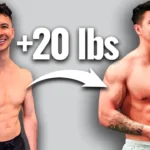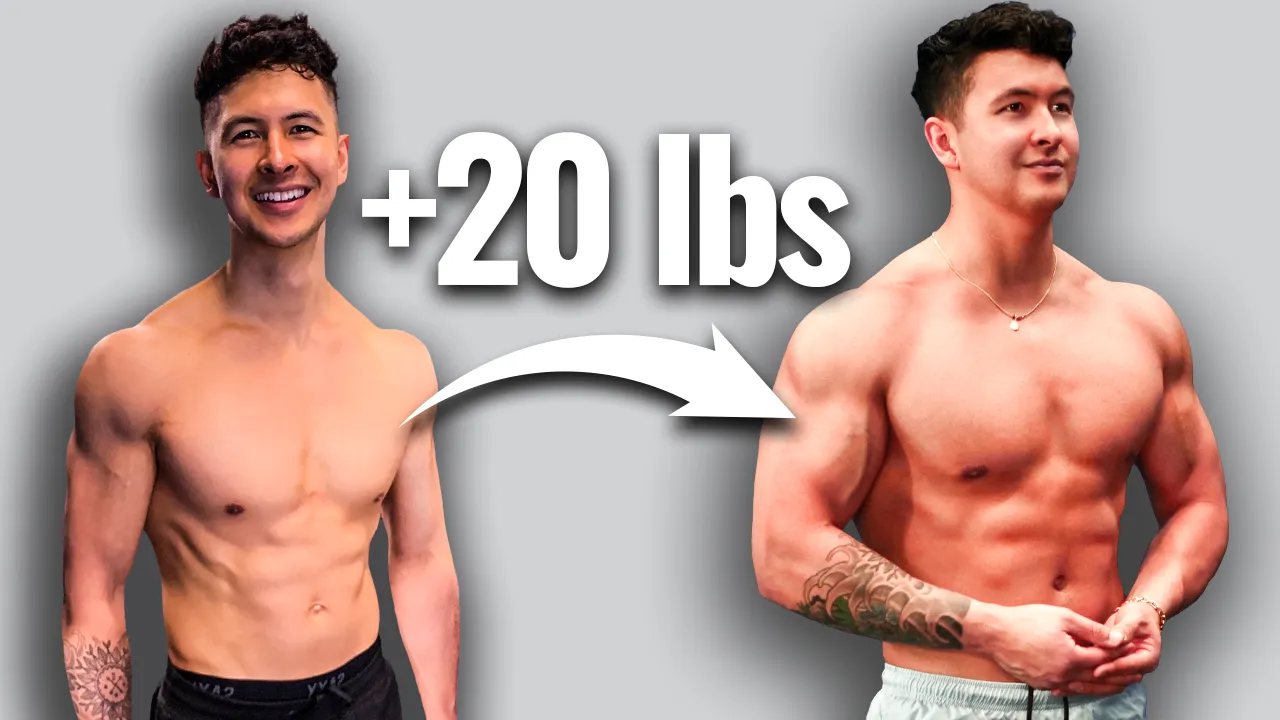Let’s delve into the world of muscle gain. Whether you’re a seasoned gym-goer or just starting out, building muscle involves a combination of science, dedication, and smart choices. Here’s a comprehensive guide to help you on your muscle-building journey:
The Basics of Building Muscle
-
Anatomy of Muscles:
- Skeletal muscles consist of parallel cylindrical fibers that contract to generate force.
- Your body continuously renews and recycles amino acids (protein building blocks) in your muscles.
- Muscle growth occurs when your body deposits more protein than it removes.
-
Muscle Hypertrophy:
- Muscle hypertrophy is the process of increasing muscle mass through resistance training.
- Hormones like testosterone and growth hormone play a role.
- Resistance training and adequate protein intake are essential for muscle gains.
Training Tips for Muscle Gain
-
Resistance Training:
- Use moderate to heavy resistance to stimulate muscle growth.
- Compound exercises (e.g., squats, deadlifts, bench press) engage multiple muscle groups.
- Isolation exercises (targeting specific muscles) are also valuable.
-
Progressive Overload:
- Gradually increase weights or resistance over time.
- Challenge your muscles to adapt and grow.
-
Frequency and Volume:
- Aim for 3-5 days of resistance training per week.
- Perform 3-6 sets of 6-12 repetitions per exercise.
-
Rest and Recovery:
- Allow muscles to recover between sessions.
- Sleep well and manage stress.
How to Eat for Muscle Gain
-
Caloric Surplus:
- Consume more calories than your body burns (caloric surplus).
- Ensure sufficient energy for muscle growth.
-
Protein Intake:
- Protein is crucial for muscle repair and growth.
- Aim for 1.2-2.2 grams of protein per kilogram of body weight daily.
-
Carbohydrates and Fats:
- Carbs provide energy for workouts.
- Healthy fats support overall health.
Timing Matters
-
Pre-Workout Nutrition:
- Have a balanced meal 1-2 hours before training.
- Include carbs and protein.
-
Post-Workout Nutrition:
- Consume protein and carbs within 1-2 hours after exercise.
- Promotes muscle recovery and growth.
Bottom Line
Building muscle is a gradual process. Stay consistent, prioritize proper nutrition, and challenge your muscles. Remember, everyone’s journey is unique, so find what works best for you. 🏋️♂️💪
For more detailed information, check out this Healthline article
on gaining muscle. Keep lifting and enjoy the gains! 🚀🔥
When it comes to protein sources, there are plenty of delicious and nutritious options to choose from. Whether you’re a meat lover or prefer plant-based foods, here are some excellent protein-rich choices:
-
Eggs: Whole eggs are not only a great source of protein but also provide vitamins, minerals, healthy fats, and antioxidants. One large egg contains approximately 6.3 grams of protein1.
-
Almonds: These nutritious nuts are rich in essential nutrients like fiber, vitamin E, manganese, and magnesium. Almonds also offer plant-based protein, with 6 grams of protein per ounce1.
-
Chicken Breast: If you’re looking to increase your protein intake, chicken breast is an excellent choice. It’s not only high in protein but also provides B vitamins, zinc, and selenium. Half of a chicken breast (86 grams) contains a whopping 26.7 grams of protein1.
-
Cottage Cheese: Low in fat and calories, cottage cheese is a protein powerhouse. It’s also rich in calcium, phosphorus, vitamin B12, and other nutrients. A cup (226 grams) of cottage cheese provides 28 grams of protein1.
-
Greek Yogurt: Another dairy option, Greek yogurt is packed with protein. It’s also a good source of probiotics and calcium.
-
Fish: Fatty fish like salmon and tuna are not only delicious but also high in protein. They’re also rich in omega-3 fatty acids, which have numerous health benefits.
-
Lean Meats: Beef, bison, and pork are excellent sources of protein. Opt for lean cuts to keep saturated fat in check.
-
Legumes: Beans, lentils, and black beans are plant-based protein sources. They’re also high in fiber and other essential nutrients.
-
Nuts and Seeds: Besides almonds, consider pistachios, cashews, and hemp seeds for protein.
-
Quinoa: This ancient grain is a complete protein, meaning it contains all essential amino acids.
-
Ezekiel Bread: A sprouted grain bread that provides protein and other nutrients.
-
Turkey Breast: Like chicken breast, turkey is lean and protein-packed.
-
Shellfish: Shrimp, crab, and mussels are seafood options with high protein content.
-
Peanuts: These legumes are not only tasty but also offer protein.
-
Eggs: Whether scrambled, boiled, or poached, eggs are versatile and protein-rich.
-
Whey Protein Powder: A convenient supplement for those seeking extra protein.
Remember that variety is key. Mix and match these protein sources to create balanced and satisfying meals. Whether you’re building muscle or simply maintaining a healthy lifestyle, these foods will keep you fueled and satisfied! 🍳🥜🍗🐟
As a digital marketer, you’re probably aware of the importance of protein for overall health and muscle growth. When it comes to vegetarian protein sources, there are plenty of delicious options to choose from. Whether you’re a seasoned vegetarian or just exploring plant-based foods, here are some excellent protein-rich choices:
-
Seitan:
- Also known as wheat meat or wheat gluten.
- Contains about 25 grams of protein per 3.5 ounces (100 grams).
- Resembles the texture of meat when cooked.
- Good source of selenium, iron, calcium, and phosphorus.
- Note: Avoid if you have gluten-related disorders1.
-
Tofu, Tempeh, and Edamame:
- All originate from soybeans.
- Provide 12–20 grams of protein per 3.5 ounces (100 grams).
- Considered whole sources of protein with essential amino acids.
- Edamame is also rich in folate, vitamin K, and fiber.
- Tempeh contains probiotics and B vitamins1.
-
Lentils:
- Fiber-rich legumes.
- Offer 9 grams of protein per half-cup cooked.
- Versatile and great for soups, stews, and salads.
-
Chickpeas (Garbanzo Beans):
- Essential for hummus and falafel.
- Contain 7.3 grams of protein per half-cup cooked.
-
Quinoa:
- A complete protein with all essential amino acids.
- Provides 8 grams of protein per cup cooked.
-
Nuts and Seeds:
- Almonds, peanuts, pistachios, and sunflower seeds.
- Rich in protein, healthy fats, and other nutrients.
-
Nutritional Yeast:
- Adds a cheesy flavor to dishes.
- Contains 8 grams of protein per 2 tablespoons.
- Also a source of B vitamins.
-
Hemp Seeds:
- Balanced omega-3 and omega-6 fatty acids.
- 10 grams of protein per 3 tablespoons.
-
Green Peas:
- Sweet and crunchy legumes.
- 8 grams of protein per cup cooked.
-
Black Beans:
- Dark beans for tacos, burgers, and salads.
- 7.6 grams of protein per half-cup cooked.
Remember that variety is key! Mix and match these protein sources to create balanced and satisfying meals. Whether you’re aiming for muscle gain or simply maintaining a healthy lifestyle, these foods will keep you fueled and nourished. 🌱💪
For more detailed information, check out this Healthline article on vegan and vegetarian protein sources. Happy marketing! 🌟🥦




